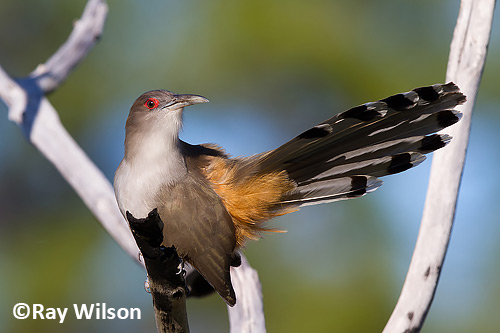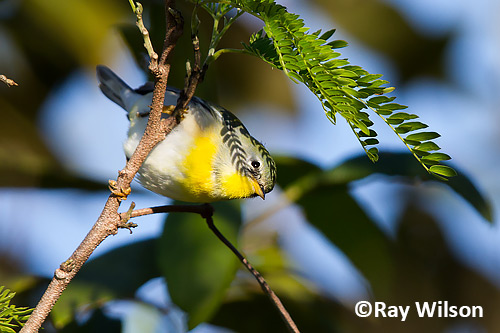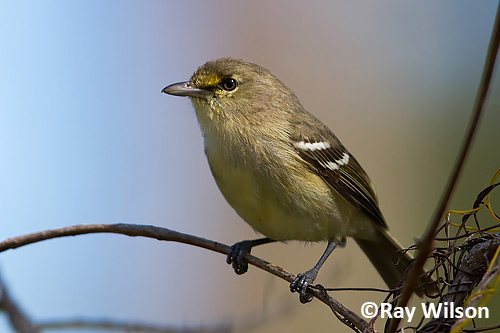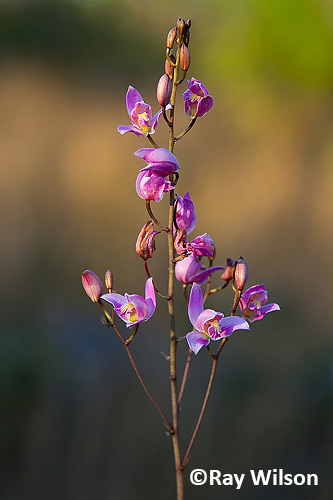
- Home
- Photography Tours
- Diary / Blog
- Galleries
- Foreign Trips
- Tasmania 2016
- NE Queensland 2016
- Western Alps 2016
- NE Spain 2016
- Australia's Wet Tropics 2015
- Australia's Top End 2015
- SW Australia 2015
- Switzerland 2015
- Andalucia 2015
- Belize 2015
- Australia 2014
- Switzerland 2014
- Belize 2014
- Bahama Islands 2014
- Switzerland 2013
- Ecuador 2012-2013
- Florida 2011-2012
- Vancouver Island 2011
- Australia 2010
- Peru 2008
- Bulgaria 2007
- Lesvos 2006
- California 2006
- New Zealand 2005
- Extremadura 2005
- Goa, India 2004
- The Gambia 2003
- About
January 2014
19th-24th January 2014
North Andros, Bahama Islands
Great Lizard Cuckoo (Saurothera merlini bahamensis)
Andros is the largest of the Bahama Islands and is one of only three islands where Great Lizard Cuckoos occur, Eleuthra and Cuba being the other two. The presence of these large cuckoos is usually given away by their loud "kek-kek-kek..." call, although they can be quite secretive and difficult to see. The individual above, however, was anything but secretive and posed out in the open for over 20 minutes while it seemed to be enjoying the warming rays of the early morning sun on a chilly (by Bahamian standards) morning.
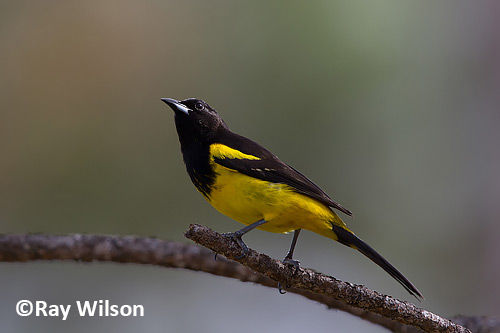
Bahama Oriole (Icterus [dominicensis] northropi)
The main target bird of Andros, however, is the critically endangered Bahama Oriole. This recently elevated species is most often treated as being a subspecies of Greater Antillean Oriole but, according to the online version of the Handbook of the Birds of the World, the combination of the slight difference in mitochondrial DNA coupled with differences in plumage and mating habits are enough to warrant granting it full species status. All of this will probably soon sadly be a moot point, however, as it is rapidly heading towards extinction. It has already been extirpated from Abaco and a 2009 estimate of its population suggested there were only 127-254 individuals surviving on Andros where it had previously been considered quite common. The reasons for the rapid and continuing decline are unknown, but "lethal-yellowing" of the coconut palms they depend on for nesting sites and the recent arrival on the island of the brood-parasite, Shiny Cowbird, may be contributory factors. With all this in mind, I considered myself extremely lucky to have encountered at least 2 adults and an immature and even got some good shots of them!
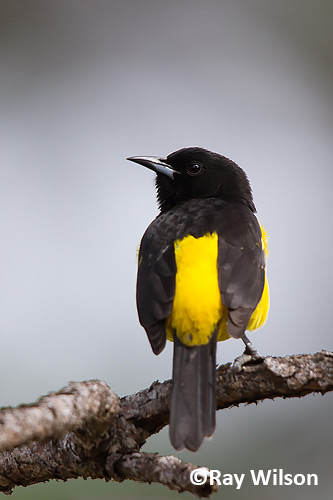
Bahama Oriole (Icterus [dominicensis] northropi)
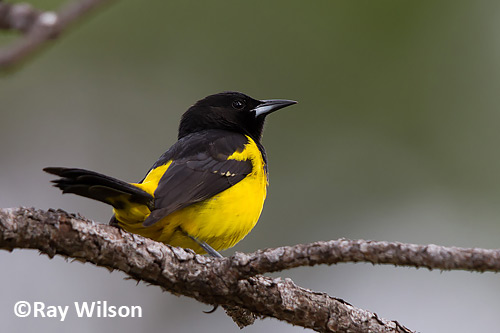
Bahama Oriole (Icterus [dominicensis] northropi)
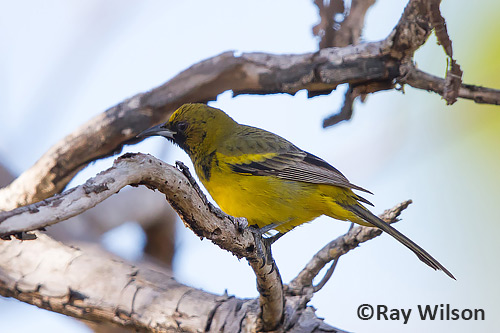
immature Bahama Oriole (Icterus [dominicensis] northropi)
Another good find on the island was a Barn Owl resting out in the open, enjoying the early morning sunlight. I had a bit of a dilemma with this bird, as I spotted it at the same time that the Great Lizard Cuckoo was posing for me. The cuckoo won in that contest but thankfully the Barn Owl stayed around long enough for me to photograph it after the cuckoo had moved on.

Barn Owl (Tyto alba)
Western Spindalis was common on Andros, but unlike the birds on both Grand Bahama and Abaco, the birds on Andros are of the nominate, black-backed race (the townsendi race found on Grand Bahama and Abaco have backs that range in colour from green to almost black).
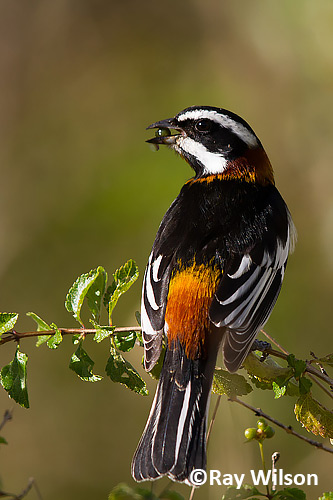
Western Spindalis (Spindalis zena zena) |
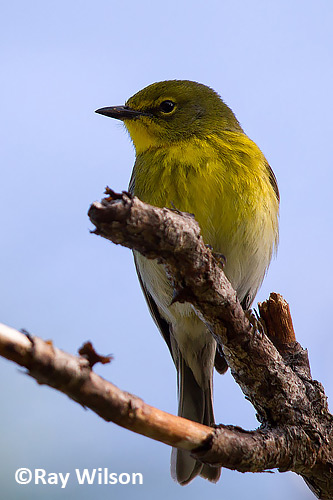
male Pine Warbler (Dendroica pinus) |
I managed to catch up with a few more warblers on Andros, with Pine Warblers being abundant in the pine forests. Unlike most of the New World Warblers on the Bahamas, Pine Warblers are resident and all the birds present in winter are thought to be of the endemic resident subspecies, but since it is indistinguishable in the field from the nominate race there is also the possibility of their numbers being supplemented in winter by migrants from North America.
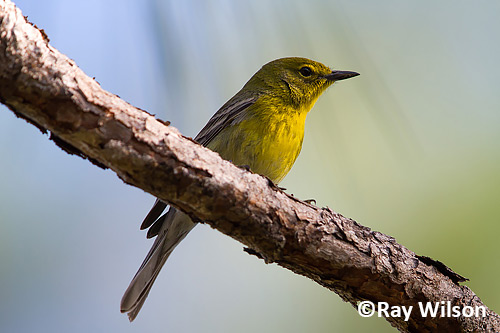
male Pine Warbler (Dendroica pinus)
Another species of warbler that I finally got some good photos of was Cape May Warbler with the male below performing beautifully in the late afternoon sun for over half an hour!
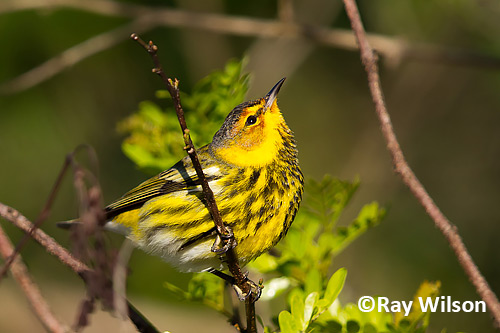
male Cape May Warbler (Dendroica tigrina)
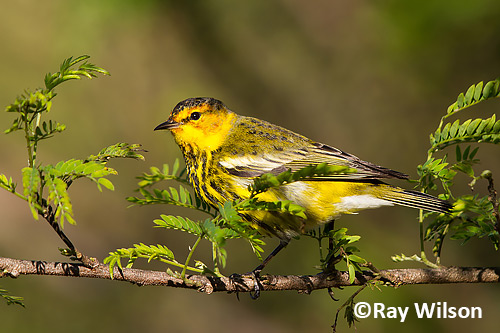
male Cape May Warbler (Dendroica tigrina)
A female also put in a brief appearance one morning...
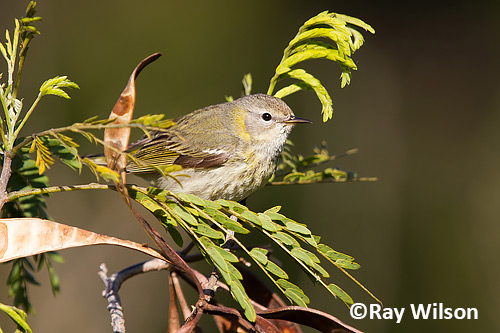
female Cape May Warbler (Dendroica tigrina)
Northern Parula is an extremely active bird and never seem to sit still for a second, making it very challenging to photograph them.
Northern Parula (Parula americana)
Thick-billed Vireos were common in the hardwood coppices and scrubby understorey of the pinewoods on Andros.
Thick-billed Vireo (Vireo crassirostris)
My hearing is definitely getting worse! This little Blue-grey Gnatcatcher was singing its heart out less than 10m away from me and I couldn't hear a single note!
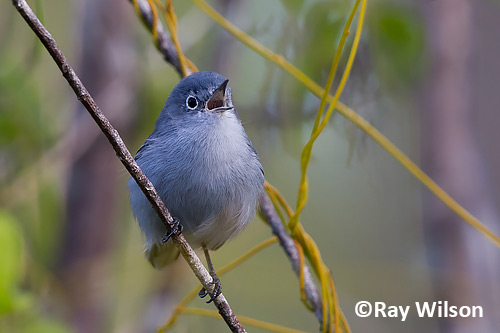
Blue-grey Gnatcatcher (Polioptila caerulea)
The three resident Tyrant Flycatchers were also much in evidence on Andros and generally easy to photograph.
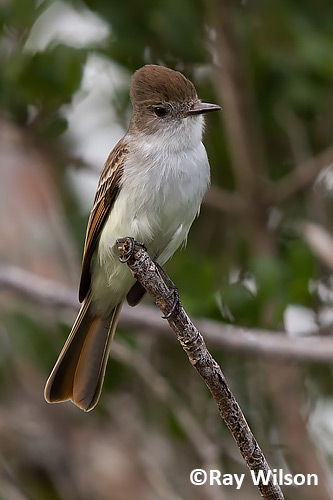
La Sagra's Flycatcher (Myiarchus sagra lucaysiensis) |
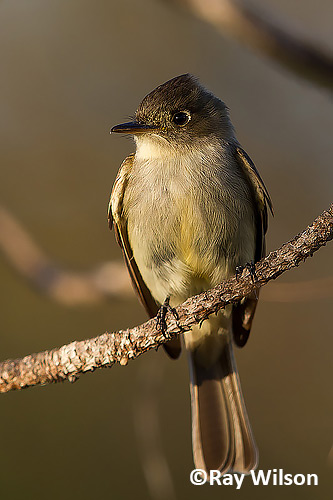
Cuban Pewee (Contopus caribaeus bahamensis) |
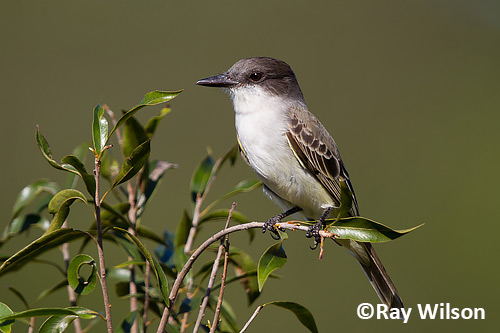
Loggerhead Kingbird (Tyrannus caudifasciatus bahamensis)
The beautiful Pink Orchid (Andorpogon glomeratus) was common in open areas in the pinewoods and Royal Darners were frequently seen hawking along many of the old forest logging roads.
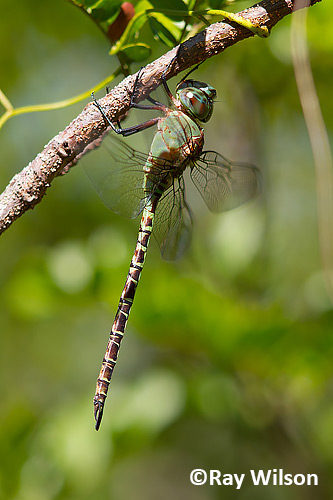
Royal Darner (Coryphaeschna ingens) |
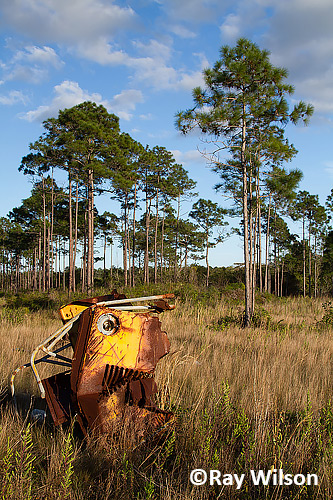
Rusting vehicle in the pinewoods
Ray Wilson owns the copyright of all images on this site.
They may not be used or copied in any form without prior written permission.
raywilsonphotography@googlemail.com
